Introduction to the Flavor characteristics of low temperature and slow Sun-cured Coffee in Humbela Village, Guji producing area of Ethiopia
Professional coffee knowledge exchange more coffee bean information please follow the coffee workshop (Wechat official account cafe_style) GUJI Hambela Buku Abel
Humberrabuku
Producing area: Gujiambela
Altitude: 2050 m
Treatment: low temperature and slow sun exposure
Grade: G1
Variety: native species

| | GUJI in Guji producing area |
Guji producing area is a producing area that has attracted much attention in recent years, and it has made good achievements in flavor display and quality in recent years. The Guji production area once belonged to the Sidamo production area, but it has been independent into a new production area by the Ethiopian Commodity Exchange (ECX) in 2010.
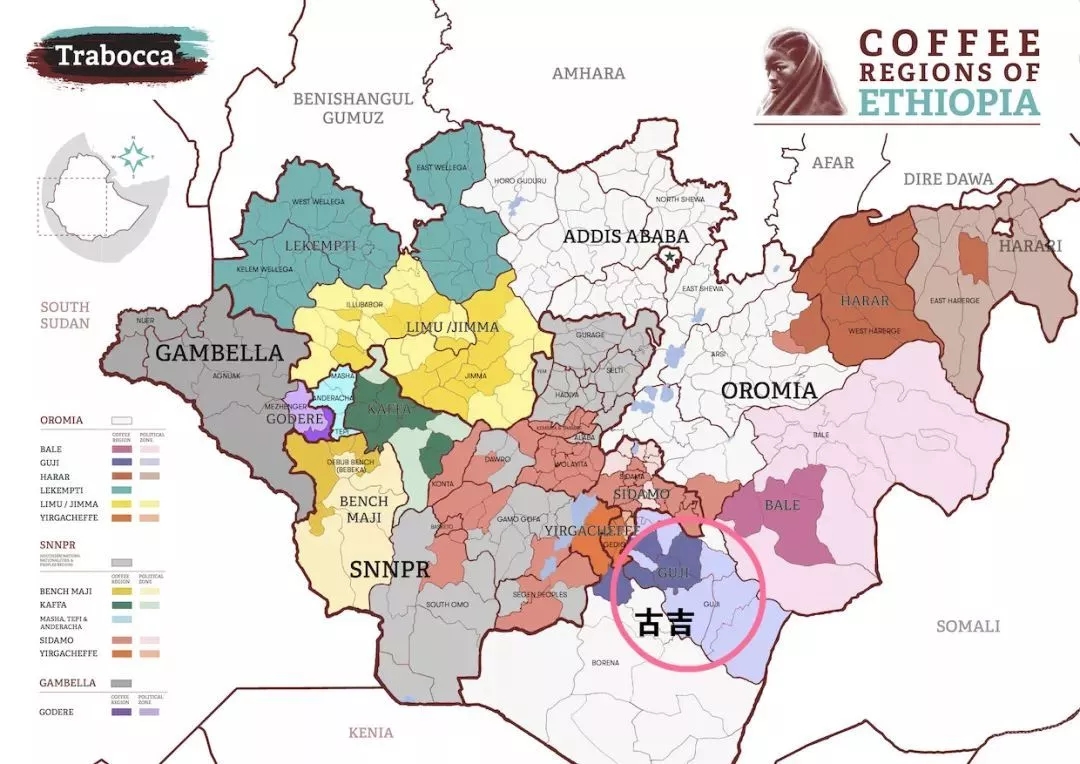
The Guji region, located in the southeast of Yegashefi, is adjacent to the Sidamo and Gaide areas. It is an area with complex topographical changes such as towering mountains, highlands, plateaus, valleys and plains.
The geology of this area belongs to the nutrient-rich black soil (Vertisol), the depth of the soil is nearly two meters, and the average elevation is more than 1800 meters. The significant temperature difference between day and night created by geographical characteristics makes the local area have various local conditions for producing high-quality coffee.

The biggest advantage of this place is that the soil vitality is maintained through the circulation of natural organic matter, using the withered leaves or litter of surrounding trees, plant residual roots and so on as natural fertilizer.
Humbera is under the jurisdiction of Oromiyaa, the southernmost administrative state of Ethiopia, with a distance of 3200m to the west from Kochere, the snow producing area of Yega, Shakiso to the east, Uraga to the south and Cochel Kercha to the north.

At present, there are about 20 treatment plants in Hambelane, which are distributed in different villages and estates of different sizes.
| | Buku Abel |
Buku Abel means "NEW" in Ethiopia's native language. In this ancient country of more than two thousand years, with a population of 100 million, it blocks access to Asia through the Great Rift Valley, but new virgin lands are still found on this plateau waiting to be developed. Compared with the thousand-year-old culture, this is a relatively newly developed land.

Buku Abel is a high-altitude primitive tribe located in southeastern Ethiopia and located in the Hambela region of Guji, with a population of about 30,000. this small village, like most Ethiopian coffee gardens, grew up in wild primeval forests, where coffee farmers passed on from generation to generation and planted native bananas and interspersed local native coffee trees in banana trees.
| | handling method |

Harvest only fully ripe bright red cherries, single-layer stacked coffee cherries provide a perfect convection and dry environment for these coffee cherries, but this will take up more space and can be said to be disadvantageous to coffee production.
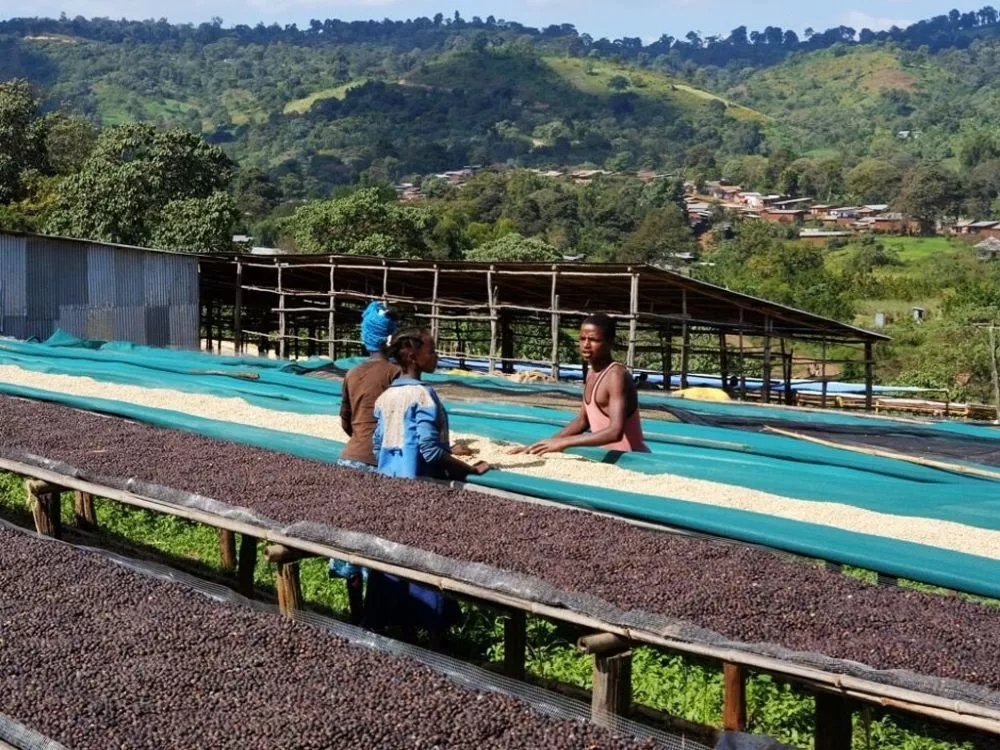
Proper slow drying allows coffee cherries to develop the best water activity during the drying process, so that the flavor develops better, and raw beans can last longer in the production cycle, but this way will prolong the time required for each batch of production. The use of such a drying process, not only rely on heaven to eat requires climate cooperation, but also producers are willing to invest.
| | Analysis of raw beans |

Raw beans look yellowish green and smell with a touch of fermented fruit and fresh citrus acidity. If you look at coffee beans carefully, you can find that coffee beans vary in size, which is related to the variety of beans.


The variety of this [Humbelabuku] is native to the region. Because there are so many varieties in Ethiopia, it is like the natural gene bank in Arabica. On the one hand, there are many varieties, and it is difficult to identify and classify them. On the other hand, the Ethiopian government is unwilling to disclose the information of these varieties for the sake of protection, so it is collectively called [Heirloom native species].
| | Baking analysis |

The furnace temperature is 200 degrees Celsius and the furnace temperature is set to 200 degrees Celsius. After opening the throttle for 30 seconds, the firepower is set to 160. the temperature of the throttle is adjusted to 4 and the firepower is adjusted to 140. at this time, the bean table turns yellow, the smell of grass disappears completely, and enters the dehydration stage. When the furnace temperature reaches 166℃, the firepower is adjusted to 100C, and the throttle remains unchanged.
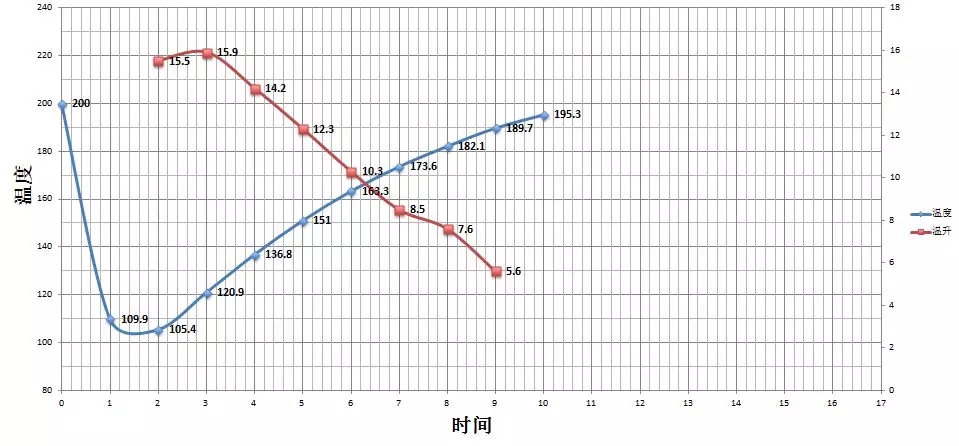
The smell of toasted bread has obviously changed to the smell of coffee, which can be defined as a prelude to an explosion. At this time, it is necessary to listen carefully to the sound of the explosion point. The sound of the explosion point starts to explode at the 8pm 39th 45 ", the throttle is adjusted to 5", and after one explosion, the development of 1mm 39th 40 ", 197 degrees into the pot.
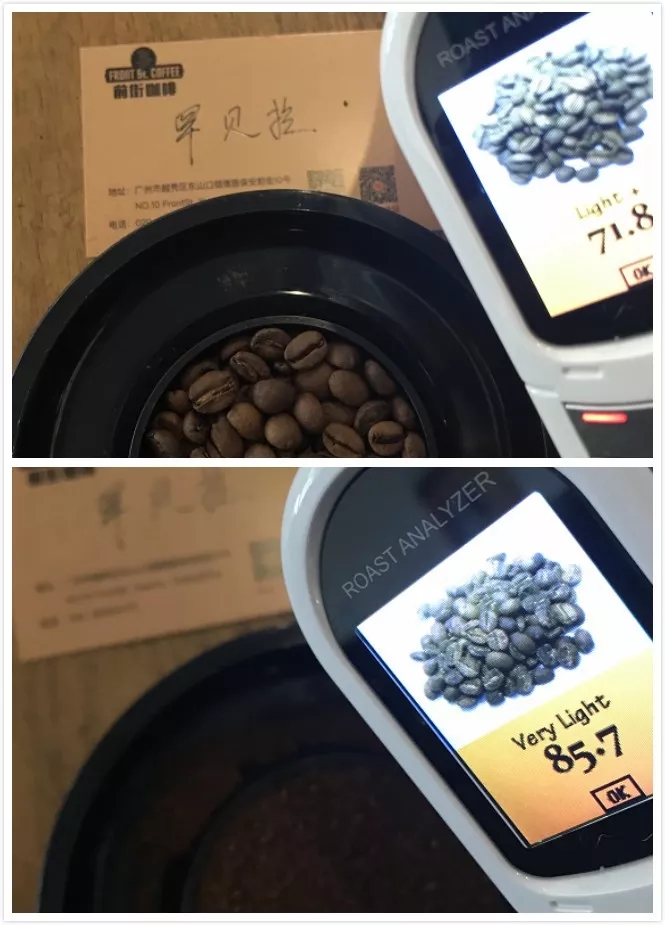
The Agrton bean value is 71.8 (above), the Agrton pink value is 85.7 (bottom), and the Roast Delta value is 13.9.
Test the flavor by cup
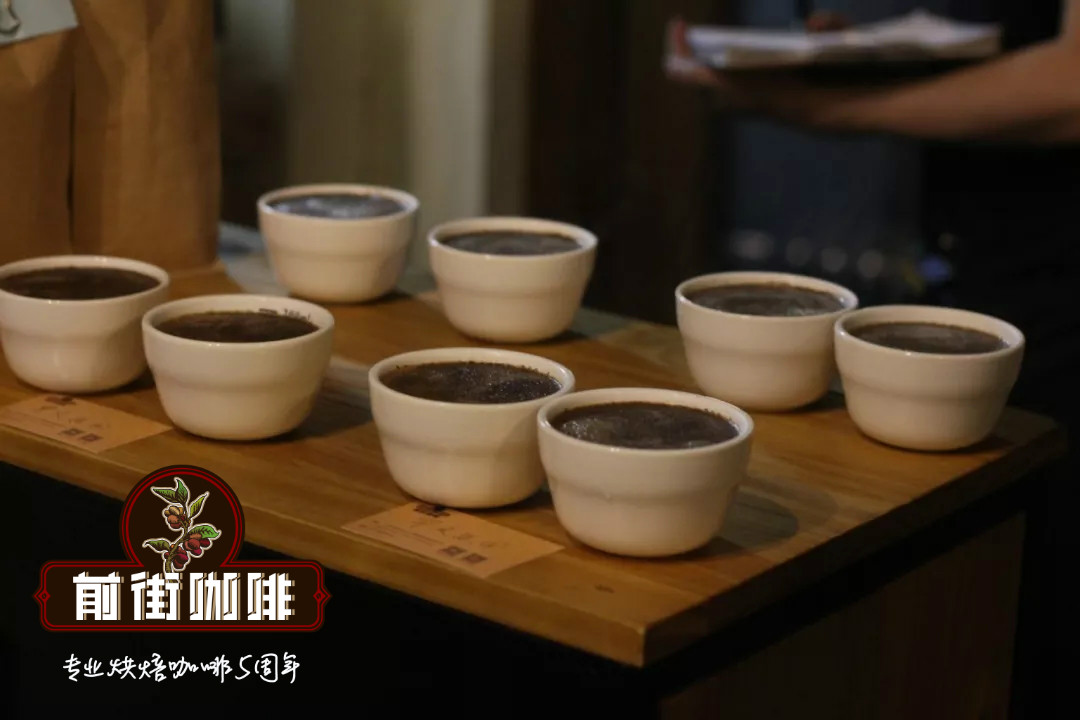

It smells of pear blossom and fermentation, with pear, strawberry, orange, citrus and peach flavors and creamy, honey-like sweetness when sipping.
| | suggestion for making and cooking |
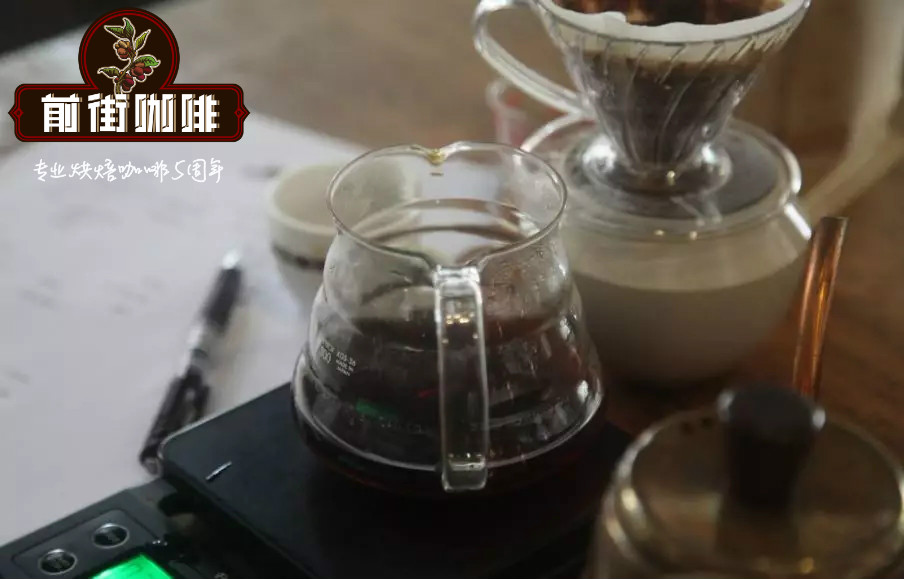
Suggested cooking method: hand flushing
Filter cup: V60 filter cup
Degree of grinding: fine sugar thickness (Chinese standard No. 20 screen pass rate 80%)
Powder / water ratio: 1:15
Water temperature: 91 ℃
Cooking technique: stage-by-stage extraction
Steam with 29 grams of water for 30 seconds, boil to 128 grams quickly, wait for the water level to drop to 226 grams when the powder bed is about to be exposed, remove the filter cup when the powder bed is about to be exposed, and the extraction time is about 2 minutes 39 percent 10 ".
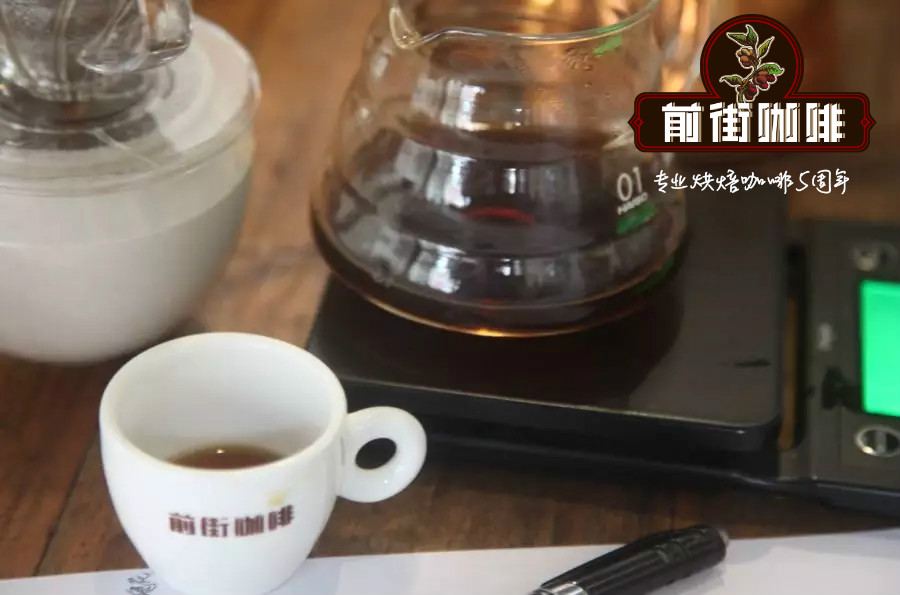
Flavor: it smells of fermented fruit, flowers and roses, with sweet and sour notes of oranges, strawberries and cream on the palate, peach flavors in the middle, sugar, honey and a jackfruit finish. It feels a bit like a cup of tropical fruit tea.
END
Important Notice :
前街咖啡 FrontStreet Coffee has moved to new addredd:
FrontStreet Coffee Address: 315,Donghua East Road,GuangZhou
Tel:020 38364473
- Prev

Robusta tastes so strong that some people even describe it as "oil barrel".
Professional coffee knowledge exchange more information on coffee beans Please follow the coffee workshop (official Wechat account cafe_style) Coffee farmers have always preferred Arabica coffee beans (arabica), which are mild in flavor and relatively expensive, while robusta, which is mostly used to make instant coffee or blended coffee, is less favored. A consultant in the boutique coffee industry
- Next
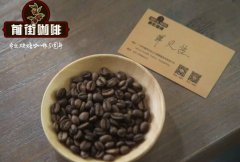
Is the Sidamo producing area of Ethiopia the same as the Guji producing area? Introduction of coffee in Guji producing area
Professional coffee knowledge exchange more coffee bean information please pay attention to the coffee workshop (Wechat official account cafe_style) Ethiopia, located in central Africa, the territory is mainly a mountainous plateau, known as the roof of Africa, the average elevation of nearly 3000 meters, the Great Rift Valley of East Africa runs through the territory from northeast to southwest. Eritrea, which borders the Red Sea in the north, voted for independence in 1993.
Related
- Detailed explanation of Jadeite planting Land in Panamanian Jadeite Manor introduction to the grading system of Jadeite competitive bidding, Red bid, Green bid and Rose Summer
- Story of Coffee planting in Brenka region of Costa Rica Stonehenge Manor anaerobic heavy honey treatment of flavor mouth
- What's on the barrel of Blue Mountain Coffee beans?
- Can American coffee also pull flowers? How to use hot American style to pull out a good-looking pattern?
- Can you make a cold extract with coffee beans? What is the right proportion for cold-extracted coffee formula?
- Indonesian PWN Gold Mandrine Coffee Origin Features Flavor How to Chong? Mandolin coffee is American.
- A brief introduction to the flavor characteristics of Brazilian yellow bourbon coffee beans
- What is the effect of different water quality on the flavor of cold-extracted coffee? What kind of water is best for brewing coffee?
- Why do you think of Rose Summer whenever you mention Panamanian coffee?
- Introduction to the characteristics of authentic blue mountain coffee bean producing areas? What is the CIB Coffee Authority in Jamaica?

